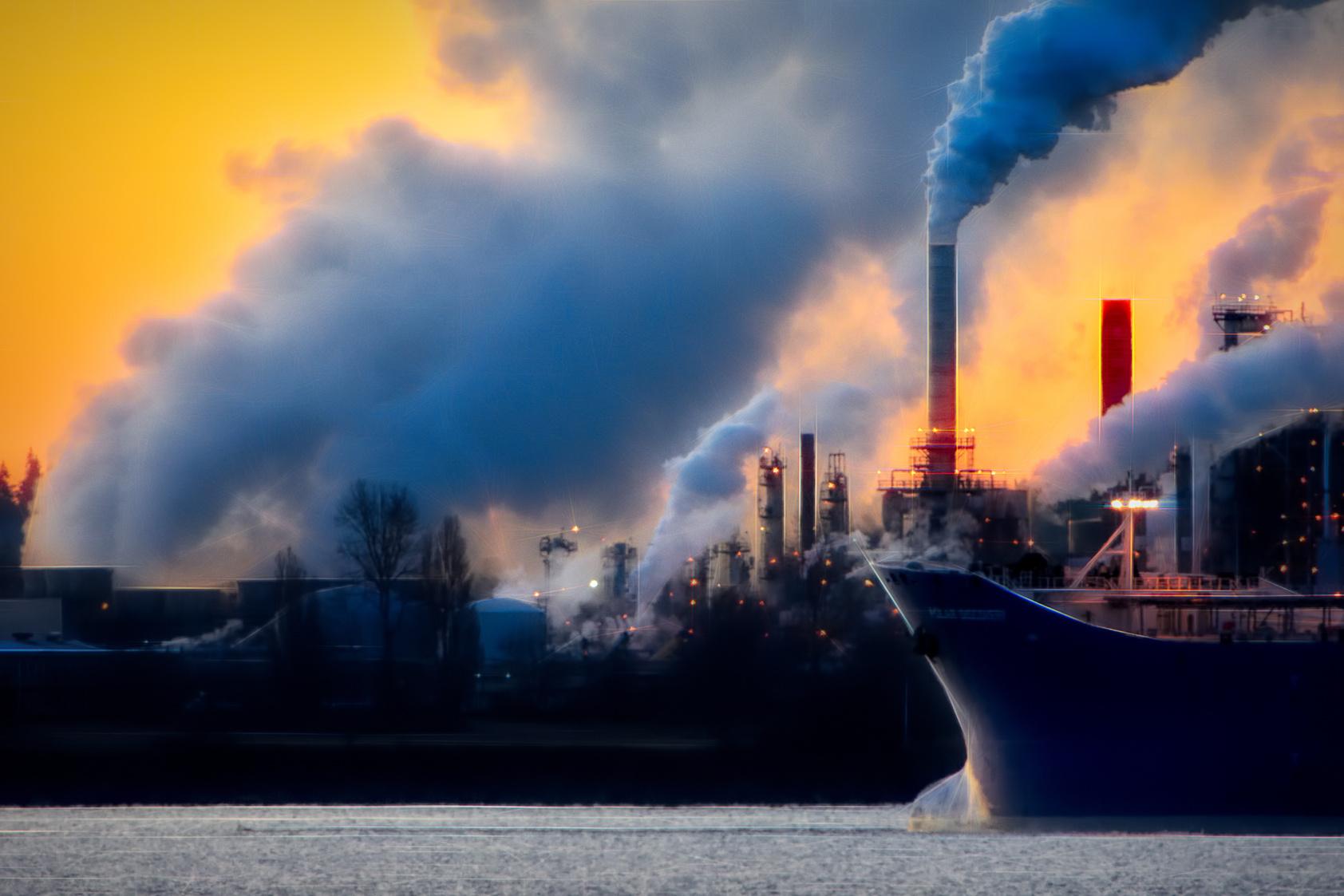
2 minute read
Understanding GlobalWarming:A ThreattoOur Planet'sFuture
from Yemberzal Edition 7
by yemberzal
WrittenbySyedMehreen
Amaster'sstudentfromUniversityOfKashmir
Advertisement
Global warming, a phenomenon characterized by the gradual increase in Earth's average temperature, has become a pressing environmental concern in recent decades Through the release of greenhouse gases into the atmosphere, human activities have contributed to these changes, resulting in farreaching consequences for our planet. In this article, we will delve into the causes and effects of global warming, as well as explore potential solutions to combat this critical issue imagecopyright©google
1.TheCausesofGlobalWarming:
At the heart of global warming lies the excessive release of greenhouse gases, mainly carbon dioxide (CO2), methane (CH4), and nitrous oxide (N2O) These gases trap heat from the sun, preventing it from escaping back into space and causing a rise in temperatures on Earth. Human activities such as burning fossil fuels, deforestation, and industrial processes are the primary culprits behind the surge in greenhouse gas emissions.
2.TheEnvironmentalImpact:
The ramifications of global warming are far-reaching and affect various aspects of our planet's delicate ecosystem Rising temperatures lead to the melting of glaciers and polar ice caps, resulting in the rise of sea levels This, in turn, leads to coastal erosion, widespread flooding, and the displacement of coastal communities.
Furthermore, global warming disrupts weather patterns, leading to more frequent and severe weather events like hurricanes, droughts, heatwaves, and wildfires. These extreme weather events have devastating effects on agriculture, water resources, and human settlements, endangering lives and livelihoods

3.TheImpactonBiodiversity:
Global warming poses a significant threat to biodiversity, exacerbating the already critical issue of species extinction Many species are unable to adapt to rapidly changing climatic conditions, leading to habitat loss, disruptions in ecosystems, and reduced biodiversity Coral reefs, for example, are highly susceptible to rising water temperatures, resulting in coral bleaching and eventual death
4.HumanHealthImplications:
The health of human populations is also at risk due to global warming Increased heatwaves contribute to heat-related illnesses and deaths, particularly among vulnerable groups such as the elderly and children. Changes in rainfall patterns and the subsequent spread of vector-borne diseases like malaria and dengue fever are additional concerns
5.AddressingGlobalWarming:
To mitigate the effects of global warming, a multifaceted approach is required Governments, industries, and individuals must work together to reduce greenhouse gas emissions This can be achieved through the adoption of renewable energy sources, energy efficiency measures, and sustainable agricultural practices
International agreements, such as the Paris Agreement, aim to limit global warming by keeping the increase in average global temperatures well below 2 degrees Celsius above pre-industrial levels. These agreements encourage countries to set emission reduction targets and promote sustainable development practices
Additionally, afforestation and reforestation efforts can aid in the absorption of CO2 from the atmosphere, while technological advancements and innovation can contribute to the development of carbon capture and storage techniques
6.Conclusion
Global warming poses a grave threat to our planet's future, with broad implications for ecosystems, weather patterns, and human health Urgent action is needed to reduce greenhouse gas emissions, adapt to changing climatic conditions, and invest in sustainable practices By acknowledging the seriousness of this issue and working together on a global scale, we can strive towards a more environmentally sustainable future for generations to come






